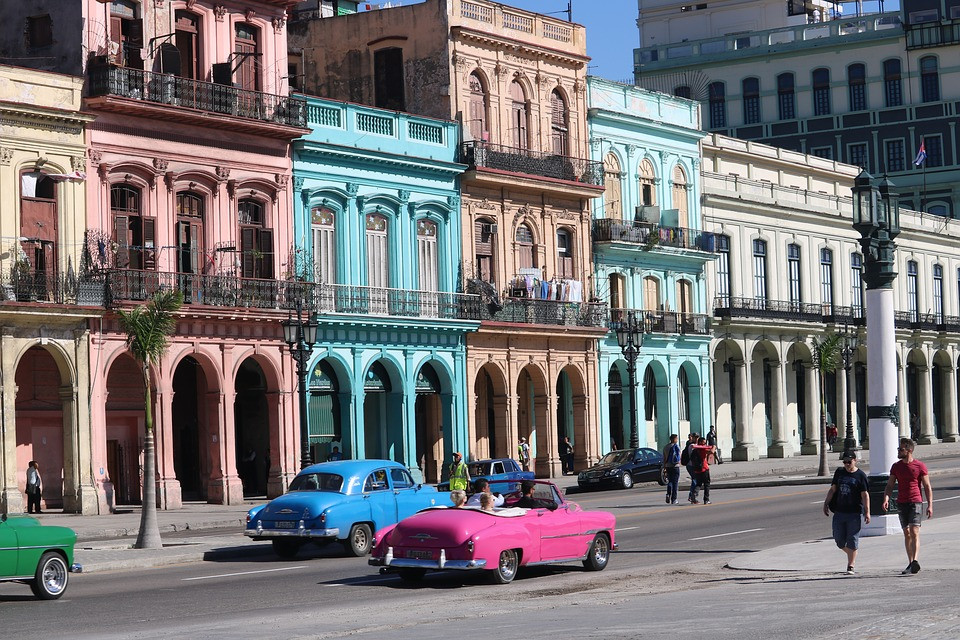Spain and Portugal are two of the countries that hardest hit by the economic crisis in Europe. The passage of the great recession by these two countries almost the same trajectory until 2015. Both began the great recession with socialist governments that ended with an unconventional end to the Legislature and immediately after, a conservative party came into power. However, after this quite similar stage, in 2015 the Portuguese decided to change a coalition government between leftist parties. However, in Spain after an arduous electoral journey, the Popular Party Government endures. This particular result constitutes a divergent outcome means that there are numerous reasons to compare these cases.
Coinciding with the start of the great recession in 2008 and 2009, the socialist governments of Spain and Portugal had their mandate renewed. Zapatero and Socrates were the ones who had to deal with the worst issues caused by the economic crisis. Although they differ in some of the measures, both executives chose to increase taxes, cut the welfare state and salaries of civil servants, in addition to freezing pensions. The two governments also launched two quite similar packages of measures: the Stability and Growth Programmes (PECs) of Socrates and the Zapatero Public Expenditure Adjustment Plan.
However, both end up suffering the wear and tear caused by the crisis that precipitated their end. The Socrates' resignation and Zapatero's bringing forward new elections that ended up with the victories of the conservatives Passos Coelho and Mariano Rajoy.
COUNTRY RESCUE AS OPPOSED TO FINANCIAL RESCUE
Although a year apart and with a different magnitude, the two countries have to be rescued. The Portuguese State was forced to request 78,000 million Euros from the European Union and the International Monetary Fund. In 2012, Spain also had to ask for 100,000 million Euros to inject into its financial system.
DIFFERENT WAYS?
Until 2015, the packages of measures that the two countries undertook when facing their respective rescues were quite similar. However, in that year elections were held that implied a swing to the Left in Portugal. Conversely, in Spain the Popular Party were returned to office for a new term, a long electoral process that started in December 2015. From this point onwards, the two countries took different paths in the management of the economy. Because of this, it is worth asking ourselves what the results have been, and above all, what the differences and similarities were in the management of the crisis.
BETWEEN BOTH LEGISLATURES AND THE 'PORTUGUESE MIRACLE'
The coalition of leftist parties that currently governs Portugal brought notable improvements of some of its macroeconomic indicators. This has led some international analysts to talk about the "Portuguese miracle". Those who defend this argument emphasize that there was not only one way to confront the crisis, rather, contradicting the austerity discourse advocated by conservatives.
The reduction of the deficit, even to below the levels demanded by the European Union, together with the growth in GDP that the country has been experiencing since 2013, are some of the indicators that support this diagnosis.
The economic management of the Left Tripartite, headed by Prime Minister Antonio Costa, has been praised by Brussels. It has also been taken as an example of an alternative response to austerity from the European Left. In Spain, both the PSOE and Podemos have appealed to this economic model in contradiction to the economic policy of the Government of Rajoy.
However, the Portuguese executive's measures also have an internal explanation: Portuguese public debt continues to skyrocket (it stands at 124% of its annual GDP), wages are well below the European average -the minimum is 600 Euros-, and some experts point out that a real estate and tourism bubble is developing in the country.
To analyze the effects of a crisis, it seems pertinent to group them in three dimensions: the macroeconomic, the public sector and the social.
In this case, we observe that the first two have been subject to economic recovery to a greater or lesser extent in the two countries. However, the social dimension is the most bitter, and without an improvement on the horizon.
With the objectives achieved, Portuguese action in the face of the crisis shows that there was more than one way to meet the demands of the Troika within the European framework. Beyond the final result, both economies have been managed in different ways and the macroeconomic results appear to be similar, regardless of the impact of the crisis in each case.










